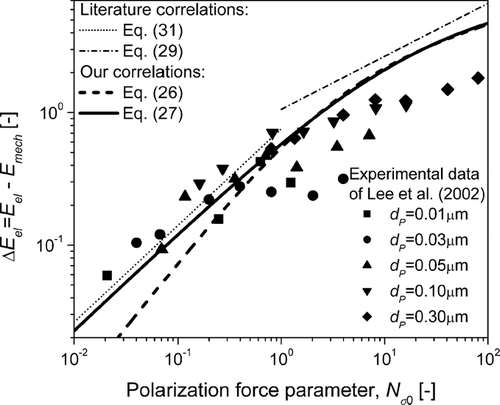Figures & data
FIG. 1 The influence of the fiber charge density, q F , on the fractional single fiber efficiency calculated for the neutral and bipolarly charged fibers; U 0 = 0.129 m/s, d F = 7.84 μ m, and α = 0.069.
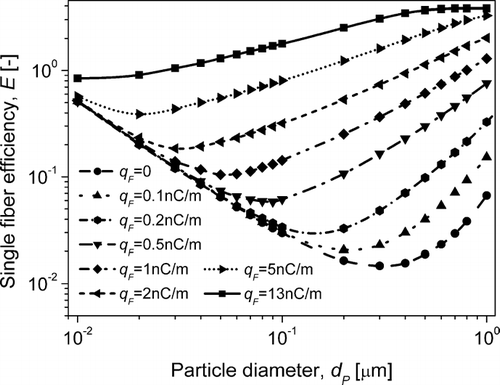
FIG. 2 Effect of the polarization force parameter (variable particle diameter) on the single fiber deposition efficiency due to electrostatic forces for q F = 1 nC/m (left) and q F = 5 nC/m (right).
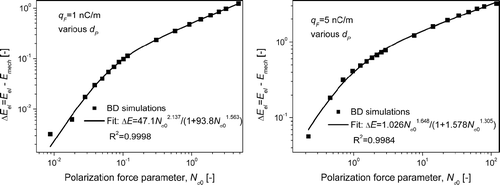
FIG. 3 Effect of the polarization force parameter (variable fiber charge density) on the single fiber deposition efficiency due to electrostatic forces for d P = 0.1 μ m (left) and d P = 1 μ m (right).
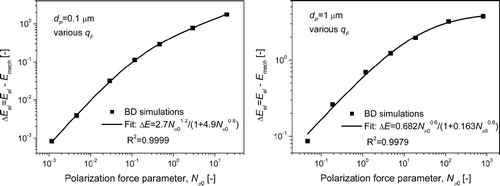
FIG. 4 Collection of all numerical data (points) obtained using the BD method and comparison with individual fits to Equation (Equation22) for fixed q F values (thin dotted lines) and with global fits (two thick, solid and dashed lines, for various ranges of N σ 0 variability).
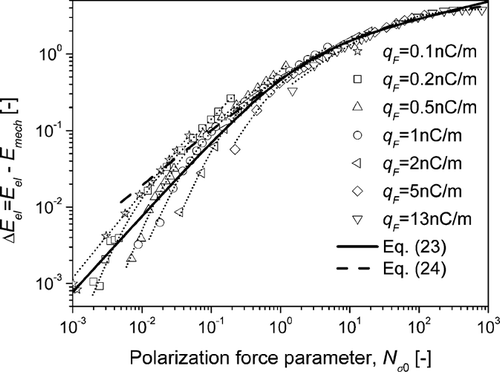
FIG. 5 (a) Effect of gas velocity (left) and (b) effect of fiber diameter (right) on the Δ E el (N σ 0) relationship.
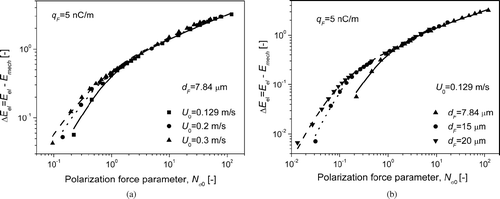
TABLE 1 Characteristics of the respirator investigated experimentally by CitationBałazy et al. (2006)
FIG. 6 Validation of the results of direct BD simulations using experimental data of CitationBałazy et al. (2006) obtained for a commercial respirator.
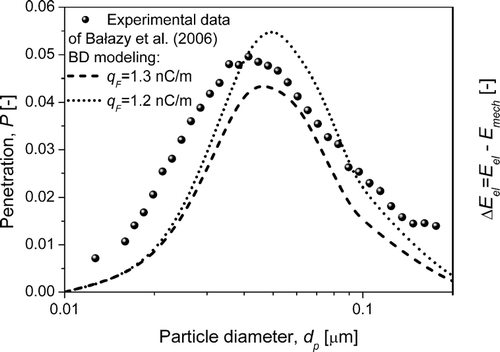
FIG. 7 Comparison of various correlations Δ E el (N σ 0) with experimental data of CitationKim et al. (2005) for an electrically active resin wool filter.
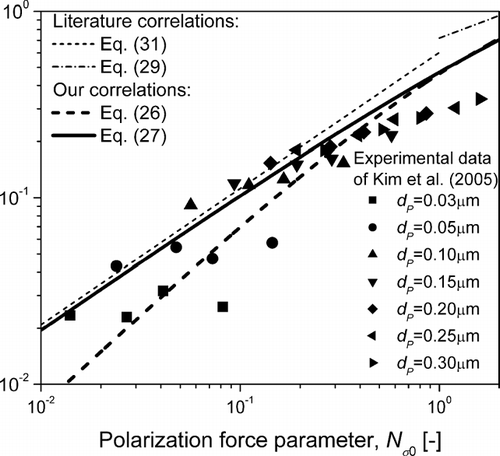
FIG. 8 Comparison of various correlations Δ E el (N σ 0) with experimental data of CitationLee et al. (2002) for a melt-blown polypropylene electret filter.
